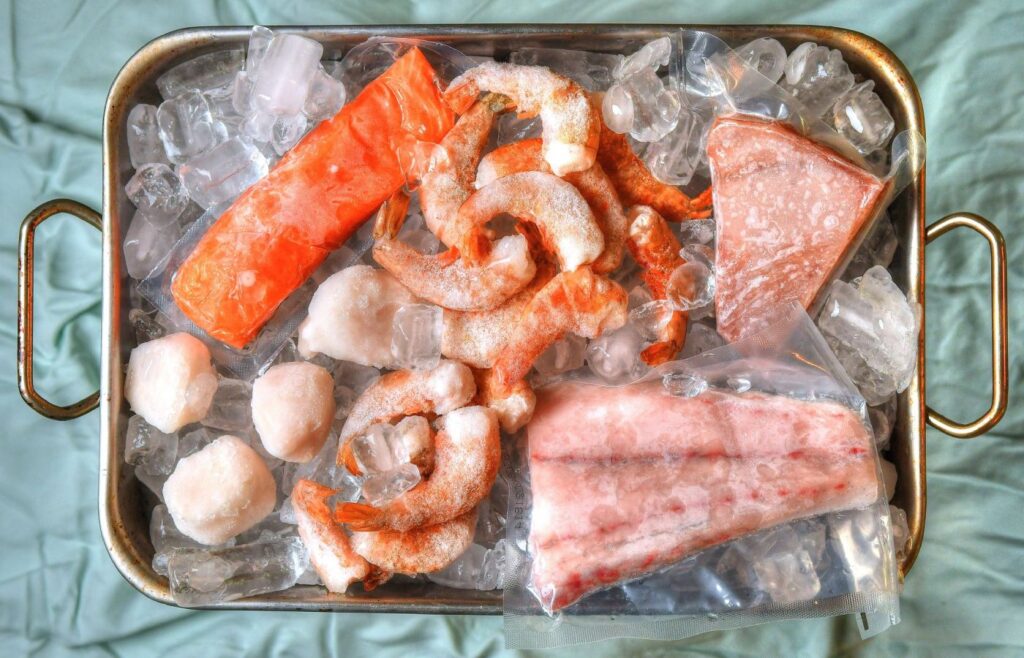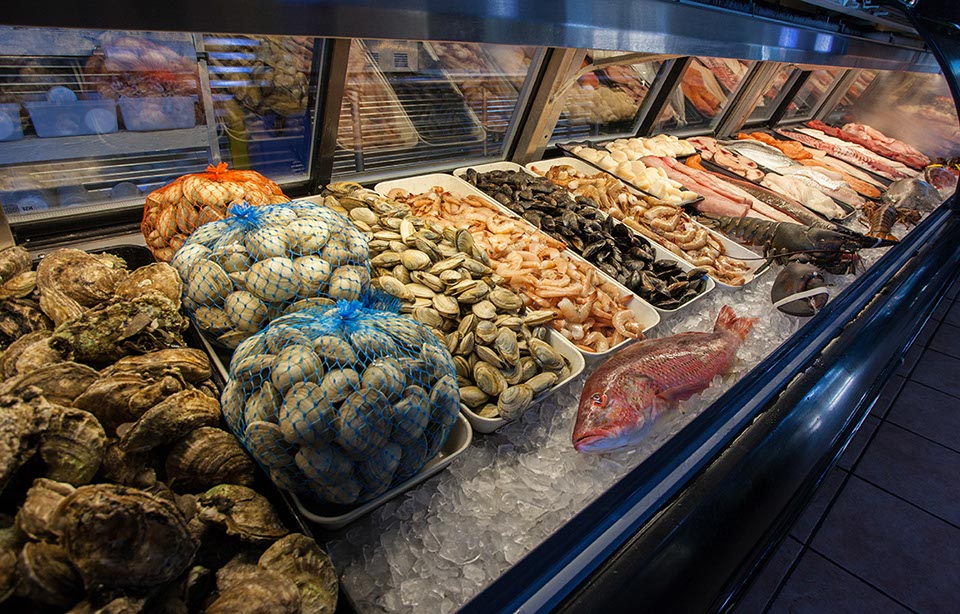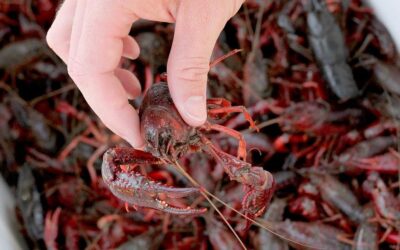As a restaurant owner, choosing between fresh and frozen seafood is one of the most important decisions you’ll make — one that directly impacts flavor, consistency, and customer satisfaction. In recent years, the seafood industry has evolved dramatically, challenging long-held beliefs and introducing innovative technologies that are changing the way seafood is preserved and delivered. In this article, we’ll break down some of the most common myths about fresh versus frozen seafood and provide restaurant owners with the insights they need to make smart, informed choices. The goal is simple: to help you serve dishes that exceed customer expectations while maintaining quality and value.
Myth #1: Fresh is Always Better
The Reality:
While the term “fresh” may sound more appealing on a menu, it doesn’t always mean the seafood was caught the same day or even recently. In many cases, “fresh” simply means the seafood has never been frozen. The truth is, frozen seafood can actually be just as fresh — and sometimes fresher — because modern freezing techniques preserve taste, texture, and nutrients at their peak.
Myth #2: Frozen Seafood is Lower in Quality
The Reality:
Advancements in freezing technology have completely changed the game. Methods like blast freezing or flash freezing lock in natural moisture and flavor almost instantly after the seafood is caught. This process maintains the product’s quality, nutritional value, and taste until it arrives in your kitchen. Many high-end seafood suppliers freeze their catch immediately after harvest, ensuring that when it reaches your restaurant, it’s every bit as delicious and wholesome as the day it left the ocean.
Myth #3: Fresh Seafood Lasts Longer
The Reality:
Contrary to popular belief, fresh seafood actually has a much shorter shelf life than frozen seafood. Even with proper handling and cold storage, fresh products begin to lose quality within just a few days. Frozen seafood, on the other hand, can retain its flavor, texture, and nutritional value for months when stored correctly. For restaurant owners, this distinction is critical — frozen seafood provides a reliable way to manage inventory without the constant pressure of using products before they spoil.
The Advantages of Frozen Seafood for Restaurants

Year-Round Availability: Frozen seafood ensures that your menu isn’t restricted by seasonal changes. Whether it’s shrimp, lobster, crab, or crawfish, frozen products allow you to consistently offer customer favorites regardless of the time of year. This not only helps maintain a stable menu but also allows you to meet customer expectations every day.
Reduced Food Waste: One of the biggest challenges with fresh seafood is spoilage. Frozen seafood minimizes this risk by allowing for precise portioning and longer storage times. For restaurant owners, this means less waste, better cost control, and more efficient use of ingredients.
Preservation of Quality: With advanced freezing methods like flash freezing, seafood is preserved at peak freshness. These techniques prevent ice crystals from forming, which means the texture, taste, and nutrients remain intact. Customers enjoy the same high-quality dining experience as they would with freshly caught seafood.
Cost Savings and Efficiency: Frozen seafood often allows for more cost-effective purchasing strategies. Restaurants can buy in bulk, store inventory for longer, and avoid last-minute sourcing challenges. This leads to significant savings without compromising the quality of the dishes you serve.
Convenience and Flexibility: Beyond cost and quality, frozen seafood also offers unmatched convenience. It allows restaurants to plan menus with greater accuracy, adapt to shifting customer preferences, and respond quickly to market changes. By incorporating frozen seafood into your inventory strategy, you gain both flexibility and peace of mind.
When to Choose Fresh Seafood
While frozen seafood brings undeniable advantages in terms of convenience, consistency, and cost-efficiency, there are occasions when fresh seafood is the preferred choice. Certain dining experiences and menu strategies call for the unique qualities that only freshly sourced seafood can provide.
Local and Seasonal Delicacies
If your restaurant prides itself on highlighting seasonal and locally caught seafood, then opting for fresh products during peak harvest times can elevate the dining experience. Offering specialties like seasonal oysters, locally caught fish, or regional shellfish ensures your menu reflects authenticity and freshness at its best.
Signature Dishes
For high-profile or specialty menu items, fresh seafood can enhance flavor and presentation. Signature dishes that depend on delicate taste profiles often benefit from the subtleties of just-caught ingredients, giving customers a truly memorable experience.
Daily Specials and Catch of the Day
Some restaurants stand out by offering daily specials centered on the “catch of the day.” In these cases, fresh seafood plays a central role in creating exclusivity and a sense of discovery for diners. Promoting today’s freshest catch can reinforce your restaurant’s reputation for quality and uniqueness.

Making Smart Choices as a Restaurant Owner
Understand Your Market: Know your audience and their expectations. Market research can help you determine if your customers place a premium on perceived freshness or if they value variety, availability, and consistent quality more.
Build Reliable Supplier Relationships: Whether you choose fresh or frozen seafood, working with trusted suppliers is essential. Strong partnerships ensure you have access to high-quality products and transparency about sourcing, handling, and sustainability practices.
Structure Your Menu Strategically: Evaluate your menu and identify which dishes truly benefit from fresh seafood and which can be served with frozen options without compromising on flavor. Striking the right balance allows you to maintain quality while keeping costs under control.
Invest in Proper Storage and Handling: The best seafood — fresh or frozen — is only as good as its storage. Frozen seafood requires reliable freezer systems to maintain integrity, while fresh seafood demands strict cold-chain practices to prevent spoilage and preserve quality.
Educate Your Kitchen Team: Your staff plays a critical role in handling seafood correctly. Ensure they are trained in safe thawing methods, proper storage, and cooking techniques for frozen seafood, while also emphasizing the importance of careful handling when working with fresh ingredients.
Be Transparent with Customers: Honesty builds trust. Whether you’re serving fresh or frozen seafood, communicate openly with your customers. Highlight benefits such as sustainability, extended freshness, or seasonal availability so diners understand the value behind your choices.
Final Thoughts
The debate between fresh and frozen seafood is not about which is universally better, but about choosing what best fits your restaurant’s identity, menu, and customer base. Both options have unique advantages, and the most successful restaurant owners are those who evaluate their market, partner with trusted suppliers, and handle products with care. By understanding the myths and truths surrounding fresh vs. frozen seafood, you can design a menu that delivers exceptional quality while meeting the practical needs of your business. Ultimately, the success of your seafood dishes depends on making informed decisions that balance freshness, flavor, cost-efficiency, and customer expectations.



0 Comments